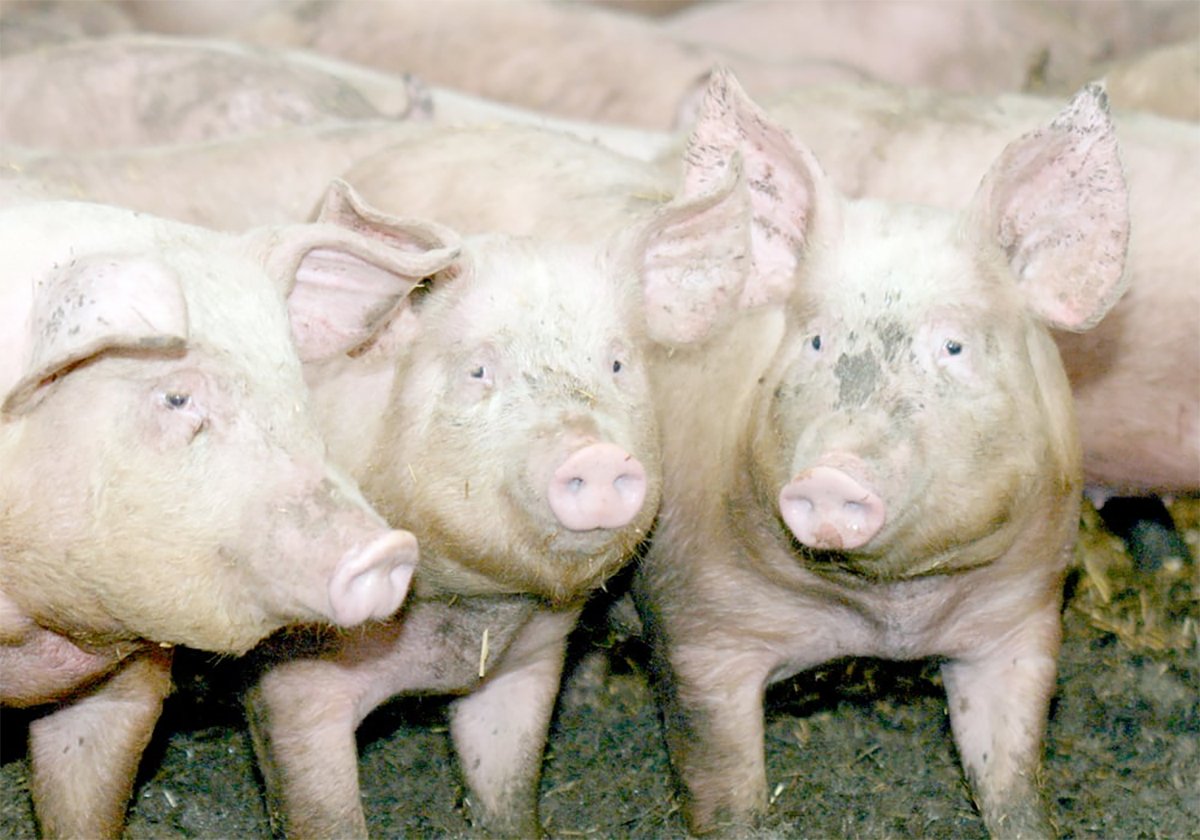BUCKEYE, Ariz. – At Triple G Dairy, 9,000 Holsteins live in air conditioned comfort on their Arizona farm 45 minutes west of Phoenix.
Owned by Conrad Gingg and his sons, Ben and K.C., the family moved from California five years ago after urban sprawl forced them to move east to the open spaces of Arizona.
“We thought we would be here for 30 years,” said Ben Gingg during a farm tour.
However, they recently learned that Phoenix’s suburbs, with their blocky terra cotta houses and miniature yards, could be overlooking their property within five years.
Read Also

The Western Producer Livestock Report – November 13, 2025
Western Producer Livestock Report for November 13, 2025. See U.S. & Canadian hog prices, Canadian bison & lamb market data and sales insights.
This dairy is a giant state of the art machine, where 50 farmhands handle about 3,500 cows that are milked three times a day, 365 days of the year.
Triple G was the first in the state with rotary milking units capable of holding 48 cows at a time. The cows mount a rotating platform and are milked within one rotation lasting about 10 minutes. Two workers can manage 500 cows an hour.
The farm’s total capacity is 10,000 head, including milking cows, replacement heifers and calves. About a third are in production at one time.
The herd is mainly Holstein with about 400 Brown Swiss cows mingling in the pens.
“We’re of Swiss heritage so we have had Swiss cows from way back,” Gingg said.
Every cow is individually identified with ear tags and an electronic collar. Each has a unique number and is entered into the farm database at birth. The Ginggs record milk production, health, calving records and other relevant data such as birth dates.
The cows live outdoors in open-sided pens, which can be uncomfortable, considering that last year temperatures exceeded 38 C from the end of April till the end of October with less than 225 millilitres of rain.
To protect them from this kind of heat, the cows are cooled under specially designed 540-metre-long roof units.
Known as a Saudi style roof, it was designed by the University of Arizona and lowers daytime temperatures by about 11 degrees. Twenty-seven fans and a water misting system line the west walls of each unit of the eight pens that hold 400 cows each.
Computer-controlled black curtains roll down to provide additional shade. A similar system houses young calves that live in individual, raised hutches.
Insecticide is released in a fine mist for 15 seconds, four times a day. Insects can be bothersome starting as early as April until the temperature becomes too much.
“Even in the heat of the summer, the flies die.”
Gingg said this system, built five years ago, maintains the cows’ health and fertility.
The yearly average milk production is about 75 pounds of milk per cow. During hot periods it could drop to 68 lb. and peak in the upper 80 lb. range during the cooler season.
The farm ships 275,000 lb. of milk every day in five semi loads to the United Dairymen co-operative.
Bovine somatotropin is given to less than 35 percent of the herd to boost production in average cows. Many farms administer the hormone to as many as 60 percent of their cows, depending on management style, Gingg said.
“About 25 percent of the herds across the country use BST,” said Gingg.
The cattle receive a scientifically formulated ration that is altered based on local feed supplies. They receive hay, silage, corn, cottonseed, distillers’ grain, molasses and supplements. They might also get bakery waste, which is bread and cookies ground into meal.
Each cow gets about 102 lb. of feed per day or 55 lb. on a dry matter basis in a feedlot type setting.
The farm buys about 3,000 tonnes of cottonseed per year. Cotton is one of the area’s main crops so the seed is in good supply.
Farm workers roll between 50-60 tonnes of corn per day. Corn is provided during the first half of the year based on availability and then the farm switches to locally grown barley. It also grows some of its own feed on its 5,000 acre spread.
Because of the size of the operation, the farm is considered a public water system. The state tests water quality every month. The farm relies on wells and irrigation water delivered in concrete-lined canals.















